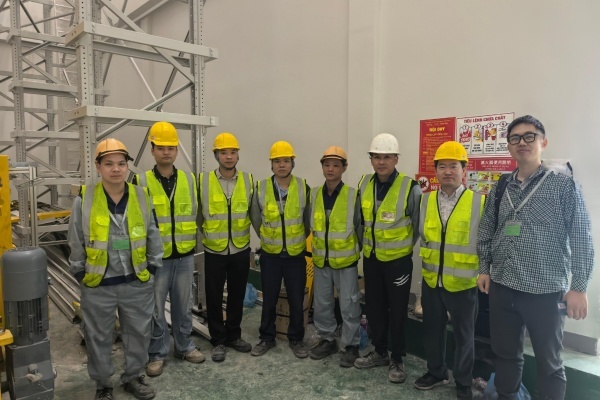Unlocking Efficient Warehousing: Introducing Storlogi’s Shuttle Racking System
29Storlogi Shuttle Racking System Leader in Intelligent Warehouse Solutions ,High - density Storage ,Automated Operation /,Modular Design
View detailsSearch the whole station
Under the backdrop of global supply chain restructuring and deepening China-Vietnam economic and trade cooperation, Storlogi has officially entered the Vietnamese market with its “three-dimensional warehouse” technology. This project not only marks a significant step in Storlogi’s internationalization strategy but also represents a concrete implementation of the “expanding mutual trade in competitive products” policy outlined in the China-Vietnam Joint Statement. The initiative aims to provide Vietnamese manufacturing, logistics, and e-commerce enterprises with efficient, intelligent, and green warehousing solutions.
As a Southeast Asian manufacturing and logistics hub, Vietnam has become a core destination for global “China+1” strategies in recent years, driven by labor cost advantages, policy dividends (e.g., “two-year tax exemption and four-year tax reduction” incentives), and the Regional Comprehensive Economic Partnership (RCEP). However, Vietnam’s warehousing industry still faces pain points such as low space utilization, high operational costs, and urgent demand for green transformation.
Storlogi’s “Green Smart Storage” three-dimensional warehouse project is specifically designed for the Vietnamese market’s unique characteristics. By combining Vietnamese manufacturers’ needs for high-density storage and rapid order response with technological exports and localized services, the project aims to empower Vietnamese enterprises in achieving warehousing upgrades.
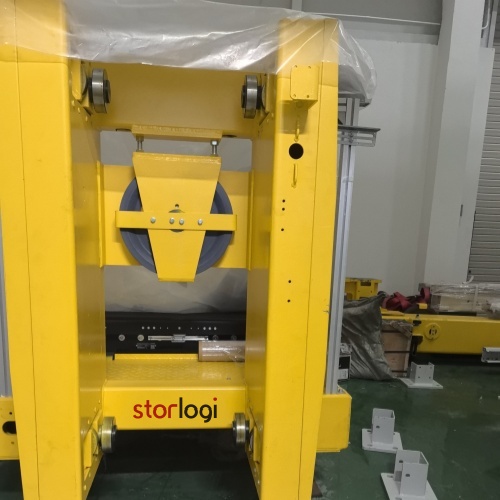


Spatial Optimization Design: Utilizes multi-layer racking structures to maximize vertical space, achieving 2-3 times higher storage capacity in the same area. This is particularly suitable for high-density storage of small items such as electronic components and precision instruments.
Automated Operation Process: Integrates stacker cranes, conveyor lines, and other equipment to enable automated goods 存取 and sorting through control systems. This reduces manual intervention and boosts operational efficiency by approximately 40% compared to traditional warehouses.
Digital Management System: Equipped with a Warehouse Management System (WMS), it provides real-time inventory data updates and visual management, supporting precise order scheduling and inventory turnover analysis to optimize supply chain decisions.
Safety and Reliability Assurance: The racking structure undergoes rigorous testing for strong load-bearing capacity. It also incorporates fire protection systems, temperature and humidity monitoring, and other safeguards to ensure secure and stable storage environments.
Cost Control: Automation reduces labor costs, while spatial intensification minimizes land occupation, enabling a 20%-30% reduction in comprehensive operational costs.
Efficiency Enhancement: Standardized operational processes shorten goods in/out time, adapting to high-frequency order demands with particularly significant effects in e-commerce and manufacturing sectors.
Flexible Adaptation: The system supports modular expansion according to enterprise scale and needs, accommodates storage of diverse goods types, and enables data integration with existing management systems.
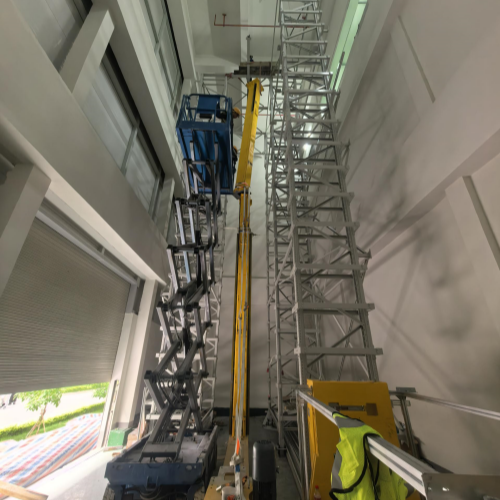
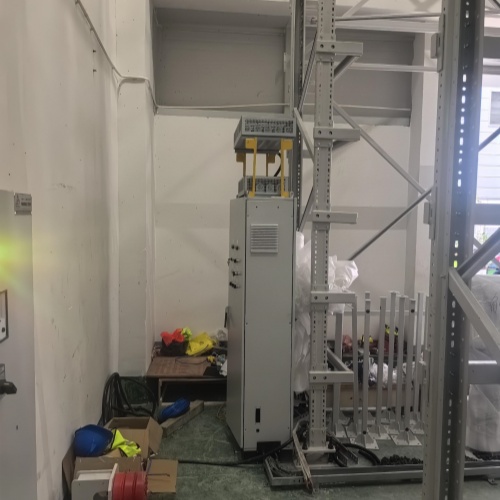
Operational Efficiency Surge
Faster Order Response: E-commerce enterprises can reduce order picking time by 30% and boost peak-period shipping efficiency by 50%, meeting Vietnam’s annual e-commerce market growth of 25%.
Green Certification Premium: Environmentally friendly designs compliant with international standards help clients obtain ESG (Environmental, Social, Governance) certifications, enhancing brand value and global market access qualifications.
Long-Term Strategic Value
Strengthened Supply Chain Resilience: The three-dimensional warehouse supports rapid adjustments to storage layouts, mitigating risks from fluctuating manufacturing orders and supply chain disruptions in Vietnam. This enables enterprises to achieve coordinated operations across “China+Vietnam” dual bases.
Technology Export & Collaboration: Storlogi collaborates with local Vietnamese enterprises to establish technology service centers, providing customized solutions and promoting the upgrading of Vietnamese warehousing industry standards.
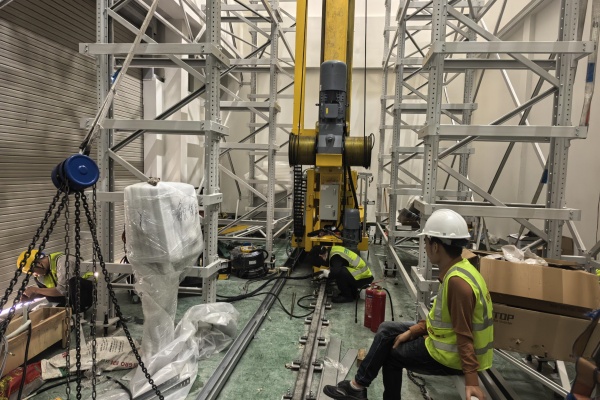
Through its three-dimensional warehouse technology, Storlogi has provided Vietnamese enterprises with practical solutions for warehouse and logistics upgrades. Going forward, as the Belt and Road Initiative progresses, Storlogi will continue to leverage technology innovation as its foundation to deliver more efficient and intelligent warehousing solutions to global clients, helping enterprises achieve sustainable development.
Storlogi Shuttle Racking System Leader in Intelligent Warehouse Solutions ,High - density Storage ,Automated Operation /,Modular Design
View detailsThe Storlogi logistics trolley integrates high efficiency, intelligence and green technology, optimizes the supply chain with innovative design, and helps enterprises achieve new breakthroughs in cost reduction and efficiency improvement.
View detailsStorlogi Durable Belt Conveyor Systems – Custom Industrial Solutions for Streamlined Automation!
View detailsDrive-in racks are powerful assistants for optimizing warehouse space. They can achieve high-density storage, allowing forklifts to directly enter the interior of the racks for storing and retrieving goods. They are suitable for storing a large qu...
View details 0
0loading...
